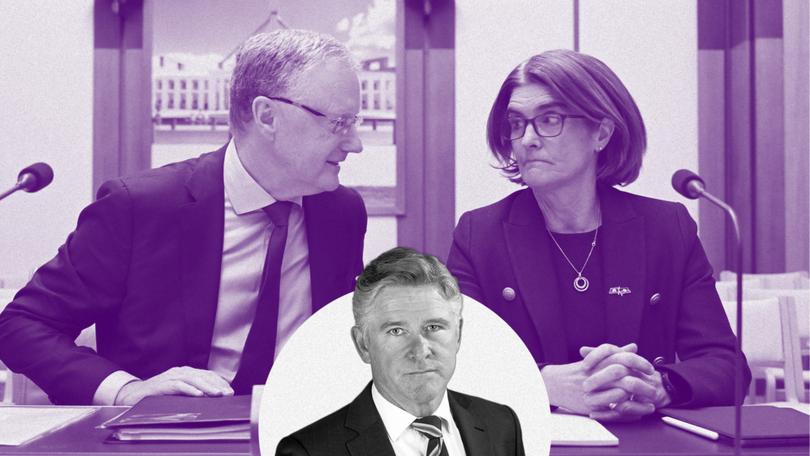MARK RILEY: As inflation cools Labor must get economy growing

The economic game changed for the Albanese Government this week.
Big time.
It changed from anti-inflation to pro-growth.
Sign up to The Nightly's newsletters.
Get the first look at the digital newspaper, curated daily stories and breaking headlines delivered to your inbox.
By continuing you agree to our Terms and Privacy Policy.The insipid economic growth figures in the December quarter national accounts were the catalyst.
And, although they aren’t saying as much publicly, many senior ministers are privately blaming the Reserve Bank.
There is a common view around the Cabinet table that the RBA’s decision to jack up rates in November was the straw that broke the camel’s back.
It was one rate rise too many.
The minutes from that meeting reveal the board members wrestled with the pros and cons of another increase.
The international data before them showed inflation beginning to moderate faster than expected.
But if the RBA didn’t increase rates and those signs of the so-called “inflation dragon” being brought to heel turned out to be premature it would have been accused of ending its tightening phase too early.
Faced with that prospect, the members decided to jack up rates one more time for good measure.
After long discussion, they concluded that taking the risk of going too far was better than being slammed for not doing enough.

In Government and around the markets, the RBA is being accused of having jacked rates up too high.
The November meeting was Philip Lowe’s penultimate as governor.
He had maintained at parliamentary committee appearances that having higher rates was preferable to having higher inflation.
While rates hurt household budgets, inflation bludgeoned them.
But the impact of that unlucky 13th rate rise has now been put up in lights in the December quarter GDP figures.
Economic growth is at a 24-year low.
It has acted like an anchor on the economy, dragging growth underwater and sinking confidence.
The Albanese Government now faces the challenge of using fiscal policy, that is the Budget, to correct or at least offset the impact of the RBA’s monetary policy overrun.
It has held back the inflation tide. Now it needs to encourage waves of growth.
This coming Budget in May will be different to the Government’s first two in significant ways.
The 2022/23 and 2023/24 budgets both placed a heavy emphasis on paying down the national debt. This one will be more inclined to spend in strategically defined areas.
More than 90 per cent of the so-called Budget windfalls from higher-than-expected tax revenues from larger commodity sales and lower unemployment were used to pay down debt in Jim Chalmers’ previous budgets.
The Treasurer trumpeted that as proof of the Government’s determination to control the country’s coffers in an economically responsible way.
That will change in May.
I’m told this week’s Cabinet meeting in Melbourne discussed using the expected multibillion-dollar windfall in this Budget to provide further cost-of-living relief and to help meet the exploding costs in AUKUS, the NDIS and health care.
In that way, it will be the more traditional kind of Budget we have come to expect a year out from an election.
It will look to put more money back into voters’ hands, but in a targeted way that offers genuine cost-of-living relief without fuelling further inflation.
Treasury has presented Cabinet with a range of options to do that. Ministers will leaf through them over coming weeks as the Cabinet’s so-called “razor gang” — the expenditure review committee — decides which of the options pass muster.
Ministers are, though, beginning to temper expectations about how big that additional relief will be.
They emphasise that the stage three tax cuts will remain the single largest cost-of-living measure in the Budget.
It will drain about $20 billion in tax revenues in the first year, rising to closer to $30b in the out years.
That is a fair whack of cash.
But the Government will need to spend more than that to ensure voters are on its side when the next gamechanger arrives — the Federal election next year.
Originally published as Mark Riley: With inflation mostly tamed, Labor must get economy growing

